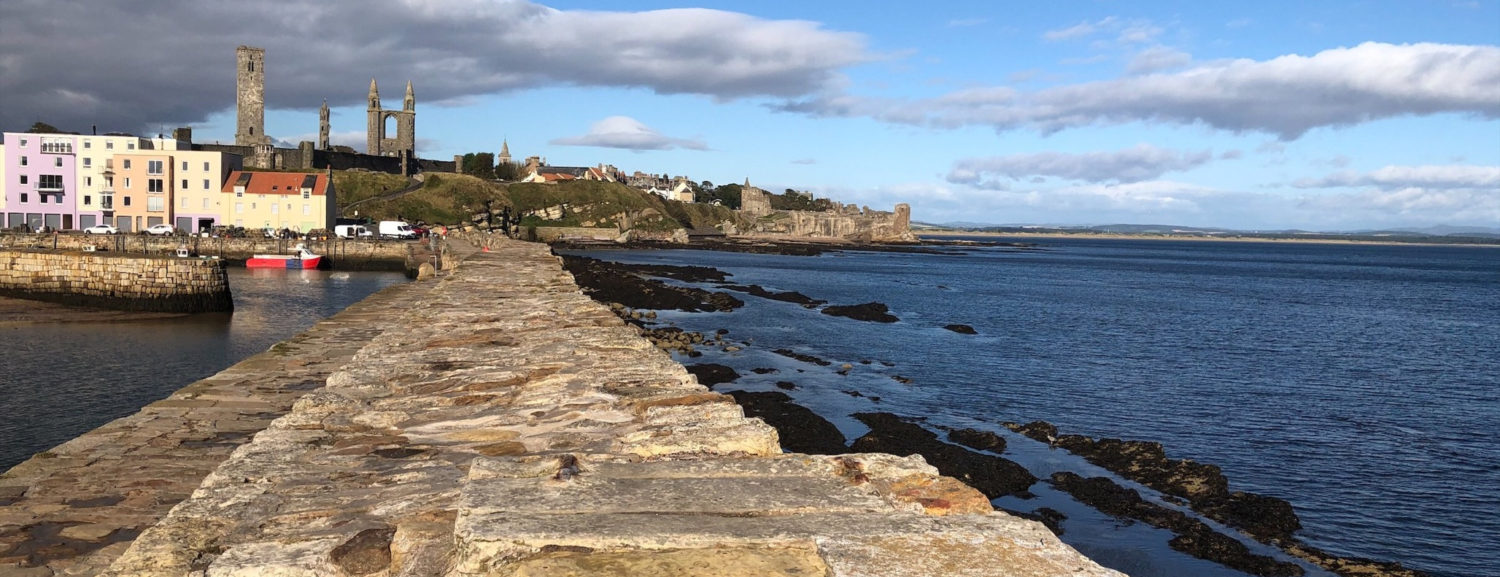The 1.5 miles long walk runs from Little Carron to Madras College and follows a route of an old mill, bringing water to the Priory of St Andrews founded in 1140. For most of its life, it was open to St Andrews citizens who used it for cleaning, washing and drinking. The town relied on the lade so much that when the lade was polluted in the 1697 and a lack of an adequate water supply was a big concern, it was considered the University would be moved to Perth.
Although majority of the lade is now underground, it was all uncovered until 1800s when it was partially covered during Madras College construction. The lade was gradually covered in the 19th century, and the water continued to flow underground in pipes. The upper Lade Braes also had trees planted at the end of 1800s by John McIntosh and John Milne.
The lade, which is an artificial channel constructed to carry a current of water to drive mills’ wheels, was used by numerous mills which belonged to the Priory of St Andrews.
The oldest one was Craig Mill, built by John Hepburn somewhere on the Kinness Burn however the exact location is not known as it was demolished by 1776. The other two mills on the lade were Shore Mill and Abbey Mill, both located at the St Andrews Harbour. The remaining mills were New Mill and Plash Mill, between Maynard Road and Hepburn Gardens, as well as the Law Mill at the Duck Pond at Lawmill Gardens.
References
www.ladebraes.net
Rev Charles J Lyon, MA; “The History of St Andrews, Ancient and Modern” (1838) online at Google Books
